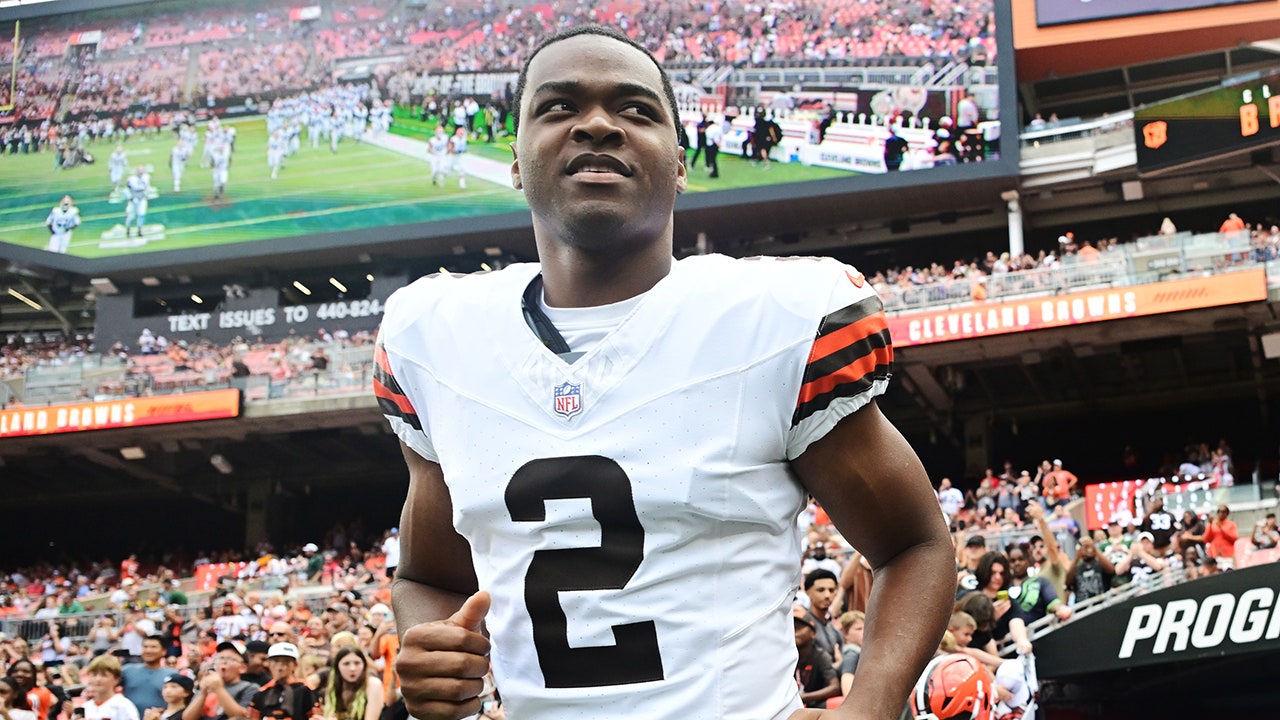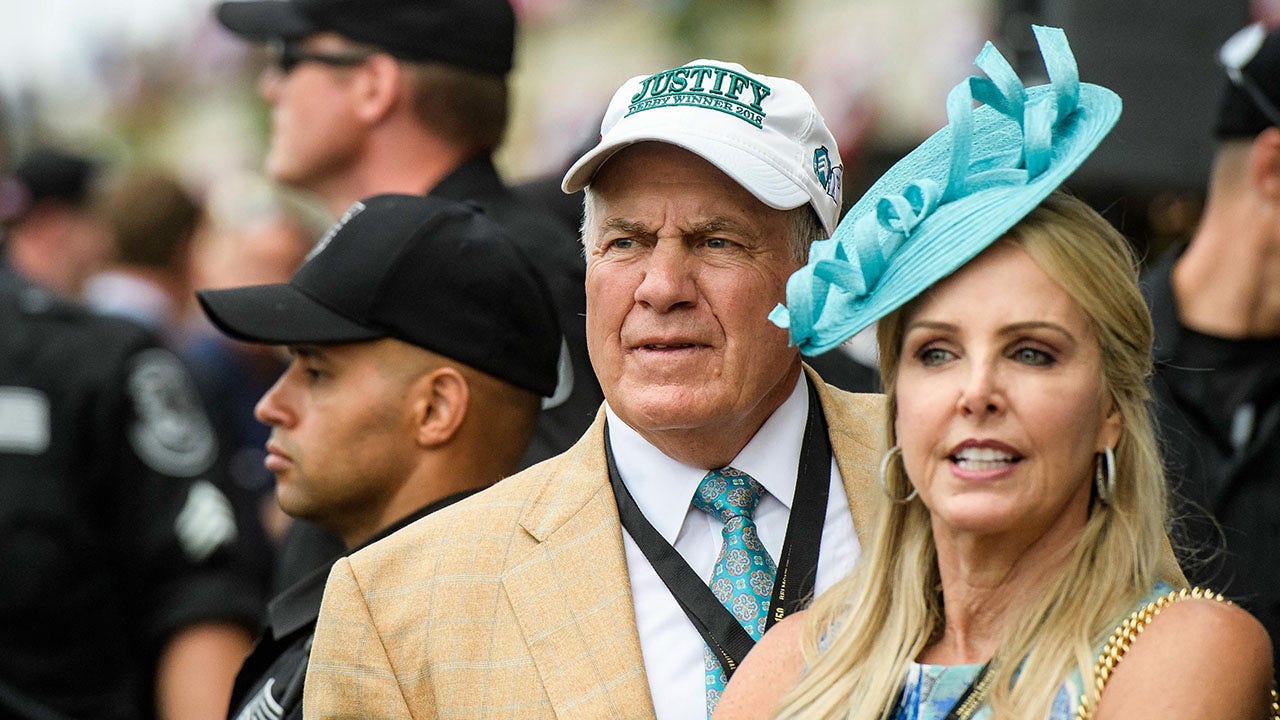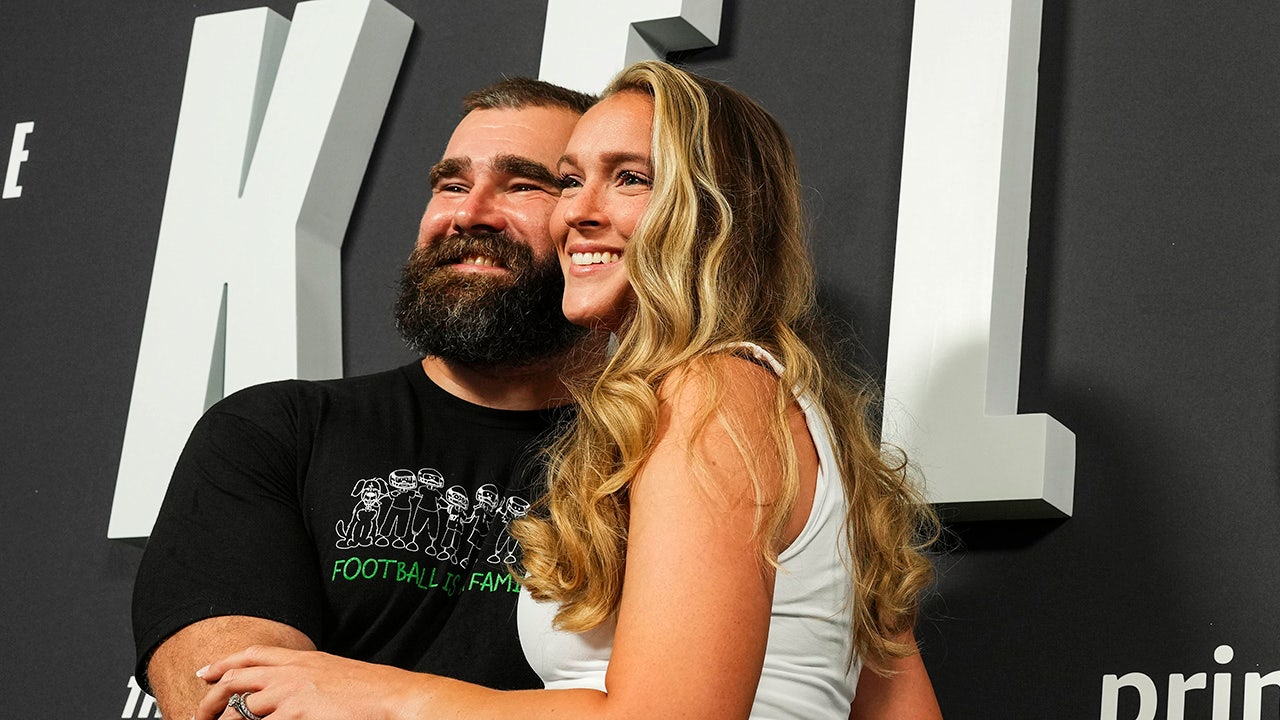Leon Marchand is an enigma.
Over the past eight days, he has produced one of the best Olympic pool displays. It featured an unprecedented double gold in the 200m breaststroke and 200m butterfly.
Only one athlete had ever made the final in both strokes over any distance. That was Mary Sears in 1956, with the American winning bronze in the 100m butterfly and finishing seventh in the 200m breaststroke.
Marchand, who also won the 200m and 400m individual medleys, took four individual golds in four Olympic record times. Those performances are not normal, even by elite standards. The 22-year-old is the fourth swimmer and first French Olympian with four individual golds in one Games — joining the United States’ Mark Spitz (1972), East Germany’s Kristin Otto (1988) and the U.S.’s Michael Phelps (in 2004 and 2008).
The Marchand-Phelps comparisons write themselves. Marchand’s coach at Arizona State University, Bob Bowman, previously coached Phelps. In early 2023, Bowman said, “Leon is reminding me of Michael in 2003.” Bowman was talking about what Leon swam, not how he swam it, praising his ability to produce fast race times despite high training volumes.
Physically, Marchand is more like Spitz than Phelps. Phelps is six centimetres (2.4in) taller (193cm versus 187cm) and raced seven kilograms heavier (84kg compared to 77kg) than the Frenchman. Marchand isn’t matching the American’s 79-inch wingspan. Part of Marchand’s allure is how he bucks the trend of Olympic swimmers getting bigger and taller.

GO DEEPER
Meet Léon Marchand, the ‘French Michael Phelps’ ready to rule his home Olympics
A 2020 paper collated nine studies analysing Olympic swimmers between 1968 and 2016. It was “advantageous for swimmers to be older, taller, and heavier”. From Mexico City in 1968 to Rio de Janeiro in 2016, world-class men’s 200m swimmers (Marchand’s favourite distance) changed drastically: on average, they became 8.6cm taller and 7.9kg heavier.
The authors of that paper spoke of the “natural selection” of athletes into events based on their body types and suitability for strokes. Freestyle swimmers were the biggest, all about power and big, long limbs. Butterfly swimmers were the smallest, with back and breaststroke swimmers in the middle. Imagine a Venn diagram where Phelps sits in the overlapping free/fly/back rings, and Marchand in breast/fly/back.
Francisco Cuenca-Fernandez, a PhD graduate from the aquatics lab at the University of Granada and a professor with a research specialism in race analysis, explains how Marchand’s atypical size is advantageous.
“Swimmers are usually large because a large body is associated with a long lever arm, which is very beneficial as it allows propulsive surfaces, like the hands, to stay underwater longer, applying force.”
But that bulk is a double-edged sword. “This has a downside,” says Cuenca-Fernandez. “A large body can also generate much more resistance. In Marchand’s case, his events have always been middle-distance — the 200m and 400m — which indicates that a large, muscular body would have been very energy-consuming.
“We haven’t seen him compete individually in the 100m butterfly or 100m breaststroke and he hasn’t stood out in his freestyle relay performances either. He is a swimmer who doesn’t stand out for his height or musculature, but this makes him incredibly efficient.”
Efficiency.
It was the difference between Marchand and Hungary’s Kristof Milak in the 200m butterfly final, where sprint specialist Milak led at 150m but Marchand’s back-end speed saw him close hard. Cuenca-Fernandez uses that word repeatedly to describe Marchand.
“He moves easily and this saves a lot of energy. This is where he’s making the difference,” says Cuenca-Fernandez, who roots Marchand’s efficiency in a combination of his training under Bowman and innate physiology, a virtue of having former Olympian parents.
It is how Marchand breaks his opponents in the medley, with his strongest strokes first (fly) and third (breaststroke) and his weakest second (back) and last (free). “This efficiency is maximized in butterfly and breaststroke, which are strokes where it’s challenging to maintain cadence since the body is constantly accelerating and decelerating, leading to quick fatigue,” says Cuenca-Fernandez.

Marchand in the semi-final of the 200m butterfly event in Paris (Sebastien Bozon/AFP via Getty Images)
Breaststroke is leg-dominant, too, so guys with big upper bodies and wingspans benefit less. “It’s evident that his race strategy is based on being strong in these two strokes,” says Cuenca-Fernandez, explaining that Marchand’s natural strengths work tactically.
“Start strong in butterfly, using powerful undulation (wave-like movements with the body). In backstroke, maintain position, since I can breathe much more easily than in the other strokes. In breaststroke, I take advantage of my underwater efficiency, both in the underwater phase after pushing off the wall and the gliding phase, and push hard again. In freestyle, I give whatever I have left, less fatigued than others.”
Marchand’s efficiency — combined with elite conditioning — makes him so good underwater. He glides and kicks like nobody else. In the 200m breaststroke final, he was 1.8m up on second-place Zac Stubblety-Cook at the final turn but stayed underwater for so long that he surfaced after his nearest opponent even further in the lead.
In the 400m individual medley, Marchand spent 100m of that gliding underwater, around one-fifth more than his opponents — Phelps spent 77m underwater in the same race in Beijing in 2008. Marchand spent 14.77m of the allowed 15m underwater off the final turn when he set the 400m individual medley world record in Japan last year.
“That incredible underwater swimming is a characteristic of swimmers trained by Bowman,” says Cuenca-Fernandez. Even Phelps is astounded by Marchand’s glides. Bowman once said they were “not a subject, they have always been excellent”. Marchand is built to swim underwater, with what Bowman calls a torpedo-like body and “no hips”.
Cuenca-Fernandez says: “The depth of his underwater undulation stands out — this trajectory towards the bottom of the pool after the push-off from each turn.
“This provides an advantage — as long as you have the lungs for it — the reduction of wave resistance. When a group of swimmers reach the wall at full speed to turn, there is a mass of water dragged that ends up crashing against the wall.
“If your turn is too close to the surface and you are a little ahead of your competitors, that mass of water hits you just as you are flipping or starting your push-off and slows you down. However, if after your turn you go to the bottom of the pool, that mass of water passes over you and you manage to avoid it.”
It depends on the athlete — specifically their build and strength in swimming on the surface — but underwater swimming is typically faster as turbulence and drag are reduced (although this doesn’t apply to free, where surface swimming is faster than back, fly and breaststroke).
In one of Cuenca-Fernandez’s studies, assessing performance variability of swimmers going through championship rounds, they identified that the push-off in the first five metres from the turns was the only consistent variable. Things like stroke volume, start, and underwater kick all changed.
“The ones who reached the finals were always faster, they had better underwater gliding skills and offered less resistance,” he says. “The speed of that push-off was always the same for a given swimmer. I’m sure that if we analyze Marchand in depth, he would be one of the fastest at that point since he is a swimmer who generates very little resistance.”
Marchand’s style is something psychologists call an underdog effect — when athletes succeed despite disadvantages. Often these are sociocultural, economic or geographical, none of which apply to Marchand, but he is a fourth-quartile baby (May) and, physically, matured late.
Santiago Veiga Fernandez, a former head coach of the Spanish Swimming National Youth Team, with a PhD in swimming race analysis, explains it. Marchand, he says, benefitted from “great developmental work” by his French home coach Nicolas Castel from the Toulouse Dolphins club. During his junior years — 16 to 18 — Marchand developed the basic skills that allowed him to excel underwater.
“When competing at European or World Junior Championships, Marchand did not dominate. He was a bronze medallist at a couple of events (European bronze in 200m breaststroke and 400m individual medley; world bronze in 400m individual medley). His body was not fully developed, but he already showed great levels of skill for gliding and underwater swimming.”
He had to be good at gliding underwater — he didn’t have freestyle power or speed anywhere near that of Phelps. Marchand’s 100m free personal best is almost four seconds slower, although he’s a better freestyler than Phelps was a breaststroker (Marchand’s 200m personal best at breaststroke is more than five seconds faster than Phelps’).
Scheduling is a significant reason the breaststroke/fly double is unique, as they happen in the same evening session, which forces specialism in one (World Aquatics actually had to change the Olympic schedule to let Marchand attempt it).
Another reason, Veiga explains, is technique differences. “The kicking action in butterfly and breaststroke are quite the opposite and swimmers with a great range of motion in one stroke may not excel in the other.
“In breaststroke, you can only perform one underwater dolphin kick after diving off the block or pushing off the turning wall, whereas in butterfly, swimmers can perform multiple underwater dolphin kicks.”
These kicks require the feet to flex in different ways (because the arm strokes are different). It might seem small, but at the highest level, details make performance differences.

Marchand in the butterfly heats (Quinn Rooney/Getty Images)

And in the breaststroke final, emphasising the difference in technique (Ian MacNicol/Getty Images)
Given his exponential progression since Tokyo, the thoughts of where Marchand might be in four years are scary. Improve his freestyle and the world records will tumble. Veiga says that the 200m breaststroke showed Marchand becoming a versatile racer, as he swam hard from the off to compensate for Stubblety-Cook’s fast final 50m, rather than winning it late himself.
Ultimately, Marchand has put French swimming in a better place. They didn’t take a gold in the pool at the last two Games and managed four medals combined in Tokyo and Rio de Janeiro, as many as Marchand has in Paris alone.
France’s golden boy has changed the face of swimming. There’s more than one way to win an Olympic gold. Or four…
(Top photo: Adam Pretty/Getty Images)






